Home>Garden Essentials>How Much Does A Vertical Garden Produce
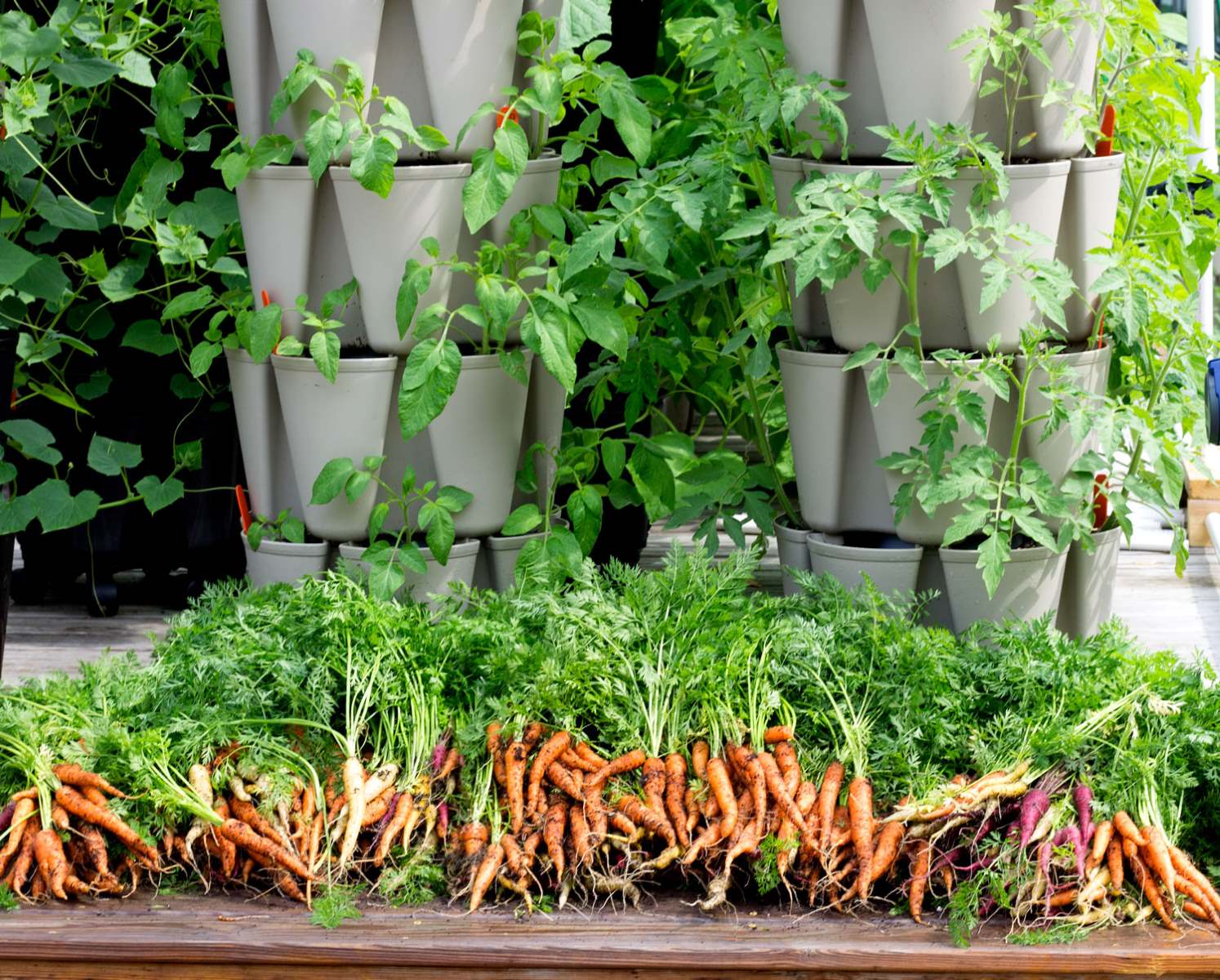

Garden Essentials
How Much Does A Vertical Garden Produce
Modified: March 15, 2024
Discover how much a vertical garden can produce and maximize your garden's potential. Find out how to grow a bountiful garden in any space.
(Many of the links in this article redirect to a specific reviewed product. Your purchase of these products through affiliate links helps to generate commission for Storables.com, at no extra cost. Learn more)
Introduction
Welcome to the world of vertical gardening! In recent years, this innovative and space-saving gardening technique has gained immense popularity among gardening enthusiasts, urban dwellers, and even commercial growers. Vertical gardens, also known as living walls or green walls, are an excellent way to maximize your gardening space, whether you have limited outdoor space or want to add a touch of greenery to your indoor environment.
Vertical gardens have revolutionized the way we think about gardening. They offer a unique and visually appealing way to grow plants vertically, utilizing walls, fences, or specially designed structures. This not only adds beauty to your surroundings but also provides a host of benefits that make vertical gardening a worthwhile endeavor.
As you delve into the world of vertical gardening, you’ll discover numerous benefits that accompany this innovative gardening technique. First and foremost, vertical gardens allow you to grow a wide variety of plants, ranging from vegetables and herbs to decorative flowers and shrubs. This diversity of plant life can add depth, color, and texture to your space, creating a vibrant and inviting atmosphere.
One of the significant advantages of vertical gardening is its space-saving nature. Traditional gardening requires large expanses of land, which can be a limitation for urban gardeners or those with limited outdoor space. Vertical gardens utilize vertical surfaces that would otherwise go unused, making it an ideal solution for maximizing space efficiency. Whether you have a small balcony, a courtyard, or a tiny backyard, vertical gardens open up a world of possibilities.
Vertical gardens are not only aesthetically pleasing but also provide numerous environmental benefits. They help to improve air quality by absorbing carbon dioxide and releasing oxygen, contributing to a healthier and more sustainable environment. Additionally, vertical gardens can provide insulation, reducing heat and noise levels, and even improving energy efficiency within buildings.
In terms of maintenance, vertical gardens are relatively easy to care for. They require less water and fertilizer compared to traditional gardens, as the vertical structure helps to retain moisture and nutrients. Furthermore, vertical gardens offer natural pest control, as the plants’ close proximity to each other creates a favorable environment for beneficial insects that prey on pests.
Vertical gardening also presents an excellent opportunity for personal fulfillment. Whether you are a seasoned gardener or a beginner, tending to a vertical garden allows you to develop and showcase your gardening skills, creativity, and attention to detail. It’s a rewarding endeavor that can bring immense joy and satisfaction as you witness your plants thrive and flourish.
So, if you’re ready to embark on an exciting gardening journey, join us as we explore the world of vertical gardens. In the following sections, we will delve into the factors affecting vertical garden production, the types of plants suitable for vertical gardens, and tips for maximizing your vertical garden’s yield. Get ready to unleash your green thumb and reap the rewards of a bountiful vertical garden harvest!
Key Takeaways:
- Vertical gardens offer a space-saving, visually appealing, and environmentally friendly way to grow a variety of plants, from herbs and vegetables to decorative flowers, providing numerous benefits for urban and suburban gardeners.
- By carefully selecting suitable plants, optimizing environmental conditions, and implementing proper care and maintenance, vertical gardens can yield a bountiful harvest of fresh produce, fragrant herbs, and beautiful flowers, offering a rewarding and sustainable gardening experience.
Read more: How Much Does A Vertical Garden Cost
Benefits of Vertical Gardens
Vertical gardens offer a multitude of benefits that make them an attractive choice for both avid gardeners and those looking to add greenery to their surroundings. Let’s explore some of the key benefits:
1. Space Utilization: One of the primary advantages of vertical gardens is their ability to make the most of limited space. Whether you live in a compact apartment or have a small outdoor area, vertical gardens allow you to maximize your gardening potential by utilizing vertical surfaces such as walls, fences, and balconies. This opens up a world of possibilities and provides a solution for urban gardening where space is at a premium.
2. Aesthetic Appeal: Vertical gardens are visually stunning and can transform a drab wall or plain fence into a lush and vibrant green space. They serve as living artworks, adding color, texture, and depth to any environment. The variety of plants available for vertical gardens allows you to create a personalized and eye-catching display that reflects your style and enhances the overall aesthetics of your space.
3. Air Quality Improvement: Vertical gardens play a crucial role in improving air quality. Plants naturally absorb carbon dioxide and release oxygen through photosynthesis. By incorporating a vertical garden in your surroundings, you can help reduce pollution levels and create a healthier living environment. The dense foliage of vertical gardens also acts as a natural air filter, capturing airborne pollutants and impurities.
4. Noise Reduction: Vertical gardens act as natural noise barriers, absorbing and dispersing sound waves. This can be particularly beneficial in urban areas where traffic noise and other disturbances are common. The plants’ leaves and foliage function as sound-absorbing materials, helping to create a quieter and more serene environment.
5. Temperature Regulation: Vertical gardens have a cooling effect, making them a valuable asset in warm climates. The plants in a vertical garden can help reduce the ambient temperature by providing shade and evaporative cooling through transpiration. This can ultimately lead to energy savings by decreasing the need for air conditioning.
6. Health and Well-being: Surrounding yourself with nature has been shown to have a positive impact on mental and physical well-being. Vertical gardens provide a connection to the natural environment, even in urban settings, promoting relaxation, stress reduction, and improved mood. They offer a peaceful sanctuary where you can find solace and reconnect with nature.
7. Food Production: Vertical gardens are not limited to ornamental plants; they can also be used to grow a wide range of edible plants. From fresh herbs and leafy greens to vegetables and even some fruits, vertical gardens can provide a bountiful harvest right at your doorstep. This ability to grow your own food promotes self-sufficiency, encourages healthy eating habits, and reduces your ecological footprint.
8. Sustainable Practices: Vertical gardens contribute to sustainable gardening practices in multiple ways. They require less water and fertilizer compared to traditional gardens due to their efficient use of resources. Vertical gardens also help combat soil erosion, as the roots of plants growing vertically help anchor and protect the soil. Additionally, vertical gardens can provide habitats for beneficial insects and pollinators, supporting biodiversity and ecosystem health.
These are just some of the numerous benefits that vertical gardens offer. Whether you’re seeking a practical solution for limited space, a visually appealing addition to your surroundings, or a sustainable means of food production, vertical gardens can help you achieve your gardening goals while enhancing the overall quality of your living environment.
Factors Affecting Vertical Garden Production
While vertical gardens offer unique benefits, several factors can influence their overall production and success. Understanding these factors is essential to ensure optimal growth and yield from your vertical garden. Let’s explore some of the key factors:
1. Light Exposure: Adequate sunlight is vital for plant growth, and it plays a crucial role in the productivity of vertical gardens. The amount of light a vertical garden receives depends on its location. Ensure that your vertical garden is positioned in a spot that receives sufficient sunlight, especially if you’re growing vegetables or flowering plants. Leafy greens can tolerate partial shade, but fruiting plants typically require full sun exposure.
2. Plant Selection: The choice of plants is crucial in vertical gardening. Consider the specific requirements of each plant, including sunlight, water, and soil conditions. Choose plants that are suitable for vertical growth, such as climbers, vining plants, and those with trailing habits. Additionally, select plants that complement each other in terms of growth rates, size, and water requirements to create a harmonious and balanced vertical garden.
3. Watering and Irrigation: Proper watering is essential for the success of a vertical garden. The vertical structure of a living wall can affect water distribution and retention. Ensure that your vertical garden has a reliable irrigation system in place to provide consistent moisture to the plants. Drip irrigation or a self-watering system can help deliver water directly to the root zone while minimizing water waste.
4. Soil and Growing Medium: The choice of soil or growing medium is critical in vertical gardening. Use a lightweight and well-aerated medium that provides proper drainage while retaining sufficient moisture. Coco coir, peat moss, perlite, and vermiculite are commonly used components in vertical garden growing media. Consider adding organic matter or compost to improve soil fertility and enhance plant growth.
5. Structural Support: The stability and structure of your vertical garden are crucial for plant growth. Ensure that the wall or structure you choose can support the weight of the plants, especially when they are fully grown and bearing fruit. Proper anchoring, framing, and regular maintenance are necessary to prevent any damage or instability.
6. Plant Nutrition: Vertical gardens have limited access to nutrients compared to traditional gardens. It’s important to provide adequate nutrition for the plants in your vertical garden. Incorporate slow-release fertilizers, organic matter, or compost into the soil or growing medium. Consider using liquid fertilizers during the growing season to provide an additional nutrient boost.
7. Climate and Temperature: Different plants have specific temperature and climate requirements. Ensure that the plants in your vertical garden are suitable for your local climate and temperature range. Some plants may require protection from extreme heat or cold, so be prepared to provide shade or insulation if needed.
8. Maintenance and Care: Regular maintenance and care are essential for the productivity of a vertical garden. This includes monitoring for pests and diseases, pruning or trimming plants as necessary, and providing proper support for climbing plants. Additionally, keep an eye on nutrient levels, irrigation, and overall plant health to ensure optimal growth and productivity.
By considering these factors and making the necessary adjustments, you can create a thriving vertical garden that produces an abundance of healthy and vibrant plants. Remember to regularly evaluate and fine-tune your vertical garden to optimize its productivity and ensure its long-term success.
Types of Plants Suitable for Vertical Gardens
Vertical gardens offer a versatile and creative way to grow a wide variety of plants, ranging from decorative flowers and vibrant foliage to herbs and even vegetables. The key to successful vertical gardening lies in choosing plants that are well-suited to vertical growth and the specific conditions of your space. Here are some types of plants that thrive in vertical gardens:
1. Climbing Plants: Climbers and vining plants are ideal for vertical gardens as they naturally grow upwards, using tendrils, aerial roots, or twining stems to climb and attach themselves to structures. Popular climbing plants for vertical gardens include ivy, jasmine, clematis, honeysuckle, and morning glory. These plants not only add height and vertical interest but also provide beautiful blooms and lush foliage.
2. Trailing Plants: Trailing plants are excellent choices for creating cascading and draping effects in a vertical garden. They have flexible stems that spill over the edges of containers or hang down from elevated structures. Trailing plants like trailing petunias, trailing lobelia, bacopa, and creeping thyme are perfect for adding a soft, flowing aesthetic to your vertical garden.
3. Herbs: Growing herbs in vertical gardens is not only practical but also visually appealing. You can have a vertical herb garden right in your kitchen or balcony, providing fresh flavors and aromas within easy reach. Basil, mint, rosemary, thyme, and parsley are just a few examples of herbs that thrive in vertical gardens. Ensure they receive adequate sunlight and well-draining soil for optimal growth.
4. Leafy Greens: Leafy greens are well-suited to vertical gardens, especially those with limited space. Varieties such as lettuce, spinach, Swiss chard, and kale are compact and have shallow root systems, making them ideal for vertical containers or pocket planters. They can be harvested continually by picking the outer leaves, providing a continuous supply of fresh and nutritious greens.
5. Flowering Plants: Vertical gardens can be transformed into stunning floral displays with the addition of flowering plants. Choose plants that bloom profusely and have a compact growth habit, such as pansies, marigolds, petunias, impatiens, and geraniums. These plants will add bursts of color and create a vibrant and visually striking vertical garden.
6. Edible Fruits and Vegetables: Some fruits and vegetables thrive in vertical gardens and can provide a delicious and rewarding harvest. Consider growing compact varieties of tomatoes, cucumbers, peppers, strawberries, and even small melons. With proper support and trellising, these plants will grow vertically and produce flavorsome fruits and vegetables for your enjoyment.
7. Succulents: If you’re looking for low-maintenance plants that require minimal watering, succulents are an excellent choice for vertical gardens. They have adaptations that allow them to store water, making them drought-tolerant and resilient. Some popular succulents for vertical gardening include sedums, echeverias, and crassulas, with their unique shapes and textures adding interest to your vertical garden.
When selecting plants for your vertical garden, consider the specific requirements of each plant, including sunlight, water, and soil conditions. Ensure that the plants you choose are compatible with each other in terms of growth habits and preferences. By carefully planning and selecting the right plants, you can create a diverse and thriving vertical garden that adds beauty and functionality to any space.
How Much Yield Can You Expect from a Vertical Garden?
The yield you can expect from a vertical garden depends on various factors, including the size of your garden, the types of plants you grow, the care and maintenance you provide, and the specific environmental conditions. While it’s difficult to provide an exact figure, vertical gardens have the potential to be highly productive, especially when optimized for maximum growth and yield. Let’s explore some considerations to help you estimate the potential yield from your vertical garden:
1. Garden Size: The size of your vertical garden will directly impact the overall yield. Larger vertical gardens offer more space for planting a diverse range of plants, which can lead to a higher yield. However, even smaller vertical gardens can still produce substantial amounts of herbs, leafy greens, or smaller vegetables.
2. Plant Selection: The types of plants you choose to grow in your vertical garden will determine the yield potential. Some plants, such as leafy greens and herbs, have a shorter growth cycle and can be harvested continuously for multiple harvests. Fruiting plants like tomatoes or peppers may take longer to produce a harvest but can yield a significant quantity of fruits over time.
3. Planting Density: Optimal planting density is crucial for maximizing yield in a vertical garden. When plants are spaced too far apart, there may be unused space that could have been utilized for additional plants. However, overcrowding can lead to competition for resources and hinder plant growth. Finding the right balance and following the recommended spacing guidelines for each plant will optimize your garden’s yield potential.
4. Environmental Factors: Environmental conditions, including sunlight, temperature, humidity, and airflow, can significantly impact the yield of your vertical garden. Plants require adequate sunlight for photosynthesis and proper growth. The right temperature range and humidity levels are also important for plant health and productivity. Ensuring proper ventilation and airflow helps prevent disease and improves overall plant vigor.
5. Watering and Nutrient Supply: Providing adequate water and nutrients is essential for maximizing the yield of your vertical garden. Regular watering and a well-balanced nutrient supply will ensure that plants have the necessary resources for optimal growth and productivity. Consider using efficient irrigation systems and implementing a fertilization plan to provide consistent moisture and nutrients to your plants.
6. Pruning and Maintenance: Regular pruning and maintenance of your vertical garden are important to remove dead or diseased plant material and promote healthy growth. Pruning can also encourage branching and result in more flowers or fruits. By keeping your plants well-maintained, you can optimize their productivity and potentially increase the overall yield.
7. Seasonal Variations: The yield of your vertical garden may vary throughout the year due to seasonal changes. Some plants may have specific growing seasons or may be more productive during certain times of the year. Understanding the growth patterns and seasons of the plants you are growing will help you anticipate and plan for potential variations in yield.
While it’s challenging to predict an exact yield from a vertical garden, with proper planning, care, and optimization, you can expect a rewarding harvest. Start by considering the size of your garden, selecting the right plants, and providing suitable environmental conditions. Regular maintenance and attention to watering and nutrient supply will further enhance your garden’s productivity. Remember, each garden is unique, and experimentation and observation will help you fine-tune your techniques and maximize the yield of your vertical garden.
To maximize production in a vertical garden, choose high-yield plants like tomatoes, peppers, and herbs. Make sure to provide adequate sunlight, water, and nutrients for optimal growth.
Read more: How Much Does Vertical Blinds Cost
Factors Influencing Vertical Garden Yield
The yield of a vertical garden is influenced by several key factors that affect the growth and productivity of the plants. Understanding these factors will help you optimize your vertical garden’s yield and ensure a bountiful harvest. Let’s explore some of the main factors that influence vertical garden yield:
1. Light Exposure: Adequate sunlight is essential for plant growth and productivity. The amount of light that your vertical garden receives will directly impact the yield of your plants. Different plants have varying light requirements, so it’s important to select plants that are suited to the available light conditions in your vertical garden. Position your vertical garden in an area that receives sufficient sunlight to optimize photosynthesis and plant growth.
2. Plant Selection: The choice of plants in your vertical garden can greatly affect the yield. Select plants that are compatible with vertical growth and suited to your specific growing conditions. Some plants, such as leafy greens and herbs, have a shorter growth cycle and can provide a continuous harvest. Others, such as tomatoes or cucumbers, may take longer to produce fruits but can yield a substantial harvest once they start bearing.
3. Watering and Irrigation: Proper watering and irrigation practices are crucial for maximizing yield in a vertical garden. Overwatering or underwatering can negatively impact plant growth and reduce yield. Ensure that your vertical garden has a reliable watering system in place, such as drip irrigation or a self-watering system. Monitor soil moisture levels and adjust watering accordingly to meet the specific needs of your plants.
4. Soil and Nutrient Management: The quality of the soil or growing medium in your vertical garden, along with proper nutrient management, plays a significant role in yield. Use a well-draining and nutrient-rich growing medium that provides the necessary support and nutrients to your plants. Regularly monitor and replenish soil nutrients through organic matter or fertilization to ensure optimal plant growth and productivity.
5. Temperature and Climate: Different plants have specific temperature and climate requirements. Ensure that your vertical garden is located in an environment that meets the preferred temperature range of the plants you are growing. Extreme temperatures can stress plants and reduce their yield potential. Consider implementing strategies such as shade cloth or protective covers to mitigate the effects of temperature fluctuations and create a favorable microclimate for your plants.
6. Pest and Disease Management: Pests and diseases can significantly impact the yield of your vertical garden. Regularly inspect your plants for signs of pests or diseases and take appropriate measures to prevent or control them. This includes practicing good garden hygiene, using organic pest controls when necessary, and promptly addressing any issues to minimize damage and ensure optimal plant health.
7. Maintenance and Care: Regular maintenance and care are essential for maximizing the yield of your vertical garden. Prune or trim plants as needed to encourage branching and stimulate growth. Provide proper support and trellising for climbing and vining plants to promote upward growth and prevent overcrowding. Regularly monitor and remove weeds to prevent competition for nutrients and resources.
8. Garden Expansion and Optimization: As your vertical garden evolves, consider expanding and optimizing your growing space. By increasing the number of plants or diversifying the types of plants, you can potentially increase yield. Continuously evaluate and adjust planting density, plant selection, and overall garden layout to maximize productivity and make the most efficient use of available space.
By paying attention to these factors and implementing appropriate strategies, you can enhance the yield of your vertical garden. Every garden is unique, so it’s important to observe and adapt your practices based on the specific needs and conditions of your plants. With patience, care, and continuous improvement, your vertical garden can yield an abundance of fresh and flavorful fruits, vegetables, herbs, or beautiful flowers.
Tips for Maximizing Vertical Garden Productivity
Maximizing the productivity of your vertical garden is essential to ensure a plentiful harvest and vibrant, thriving plants. By implementing these tips and techniques, you can optimize the growth and yield of your vertical garden:
1. Start with Healthy Plants: Begin with healthy plants from reputable sources or consider starting your plants from seeds. Healthy plants will have a better chance of establishing themselves and producing a bountiful harvest. Look for plants with sturdy stems, vibrant leaves, and no signs of pests or diseases.
2. Provide Adequate Sunlight: Most plants require ample sunlight for photosynthesis and growth. Position your vertical garden in a location that receives at least 6-8 hours of direct or filtered sunlight per day. If your space is limited, consider using reflective surfaces or light-colored walls to maximize the available light.
3. Optimize Watering and Irrigation: Proper watering is crucial for the health and productivity of your plants. Monitor soil moisture levels and water consistently, ensuring that the soil is evenly moist but not waterlogged. A drip irrigation system or self-watering containers can provide precise and efficient watering for your vertical garden.
4. Choose the Right Plants: Select plants that are well-suited to vertical growing conditions and meet your specific requirements. Choose compact varieties or those with trailing or vining habits to maximize space utilization. Consider the yield potential and growth requirements of each plant to ensure a diverse and productive vertical garden.
5. Optimize Planting Density: Maximize your vertical garden space by planting your plants in close proximity, without overcrowding them. Follow recommended spacing guidelines to ensure adequate airflow and light penetration while optimizing the use of available space. Vertical gardens can support a higher planting density than traditional gardens, but be mindful of your plants’ needs.
6. Encourage Vertical Growth: Train and support your plants to grow vertically to make the most of your space and maximize yield. Use trellises, stakes, or other supports to guide climbing or vining plants upward. Regularly check and adjust the support as the plants grow, ensuring they have the necessary stability to prevent breakage or damage.
7. Implement Proper Pruning: Pruning is essential for controlling plant size, shaping growth, and promoting productivity. Regularly remove dead or damaged foliage and selectively prune to encourage branching and the development of lateral shoots. Pruning also helps improve air circulation, reduces disease risk, and enhances the overall appearance of your vertical garden.
8. Fertilize Regularly: Vertical gardens may require more frequent fertilization compared to traditional gardens due to the limited soil volume and increased plant density. Use a balanced organic fertilizer or a slow-release fertilizer specifically formulated for container gardens. Follow the product instructions and fertilize regularly to ensure optimal nutrient supply for your plants.
9. Monitor and Control Pests and Diseases: Regularly inspect your plants for signs of pests or diseases and take immediate action if any issues arise. Implement preventive measures such as maintaining good garden hygiene and using organic pest control methods when necessary. Promptly address any pest or disease problems to minimize their impact on your vertical garden’s productivity.
10. Continuously Learn and Experiment: Vertical gardening is an ongoing learning process. Take the time to observe and learn from your plants’ behavior. Experiment with different plant combinations, techniques, and varieties to find what works best for your vertical garden. Keep a gardening journal to note successes, challenges, and ideas for improvement.
With proper planning, care, and attention, your vertical garden can be a highly productive and rewarding endeavor. By implementing these tips, you’ll create an optimized growing environment that maximizes yield and allows your plants to thrive. Enjoy the journey of tending to your vertical garden and reaping the benefits of a flourishing and abundant harvest!
Case Studies: Successful Vertical Garden Yield Examples
Looking for real-world examples of successful vertical gardens that have achieved impressive yields? Here are a few inspiring case studies to demonstrate the potential of vertical gardening:
1. The Pasona O2 Vertical Farm, Tokyo: The Pasona O2 Vertical Farm, located in the heart of Tokyo, showcases the possibilities of urban vertical farming. With over 43,000 square feet of vertical growing space, this innovative farm produces an array of vegetables, herbs, and fruits using advanced hydroponic and LED lighting systems. The vertical farm utilizes 200 different plant species and can yield up to 10,000 heads of lettuce per day. This sustainable urban garden demonstrates the viability of vertical farming in densely populated areas.
2. The Edible Walls Project, Vancouver: The Edible Walls Project in Vancouver showcases how vertical gardens can provide a significant yield of fresh food in urban environments. By converting unused outdoor spaces and walls into productive growing areas, the project has successfully cultivated a wide variety of edible plants, including lettuce, kale, herbs, and strawberries. The vertical gardens not only beautify the cityscape but also contribute to local food production and provide an educational resource for the community.
3. The Green Living Wall, London: The Green Living Wall at the Rubens at the Palace Hotel in London is an example of a vertical garden that adds visual appeal while providing a productive herb garden. The 350-square-foot living wall not only enhances the ambiance of the hotel’s exterior but also supplies the kitchen with fresh herbs for their culinary delights. The vertical garden’s yield of herbs, including rosemary, thyme, and mint, illustrates how even smaller vertical gardens can be optimized to provide a sustainable source of fresh ingredients.
4. The SkyFarm, Singapore: The SkyFarm, situated in Singapore, is an impressive vertical farming project that combines sustainable agriculture with iconic architecture. Spanning over 38,000 square feet, this towering vertical garden utilizes advanced hydroponic and vertical farming systems to grow a variety of leafy greens, herbs, and microgreens. This self-sustaining vertical farm demonstrates the successful integration of technology, green architecture, and urban agriculture to achieve high yields in a limited space.
5. The Vertical Harvest Farm, Wyoming: The Vertical Harvest Farm in Jackson, Wyoming, is a prime example of how vertical gardening can contribute to local food production and employment opportunities. Built within a three-story greenhouse, this hydroponic vertical farm cultivates a range of crops, including lettuce, herbs, and microgreens. The farm’s unique design and vertical growing techniques allow for year-round production, providing the community with fresh, locally-grown produce and creating jobs for individuals with disabilities.
These case studies demonstrate the vast potential of vertical gardening in various settings, from urban to rural environments. The success of these projects highlights the importance of innovative techniques, thoughtful planning, and a commitment to sustainable practices. By drawing inspiration from these examples, you can apply similar principles and strategies to create your own thriving and productive vertical garden.
Conclusion
Vertical gardening is a game-changer in the world of gardening, offering a myriad of benefits and exciting possibilities. From maximizing limited space to enhancing the aesthetics of your surroundings, vertical gardens provide an innovative solution for gardening in both urban and suburban environments.
Throughout this article, we explored the numerous advantages of vertical gardens, such as space utilization, aesthetic appeal, air quality improvement, and food production. We also delved into the factors that impact vertical garden yield, including light exposure, plant selection, watering, and maintenance.
By selecting the right plants suited for vertical growth, optimizing environmental conditions, and implementing proper care and maintenance techniques, you can maximize the productivity of your vertical garden. The case studies presented further exemplify the potential of vertical gardening, showcasing successful projects that have achieved impressive yields.
As you embark on your journey of vertical gardening, remember to start with healthy plants, provide adequate sunlight, optimize watering and nutrient supply, choose the right plants for your specific conditions, and pay attention to pruning and pest management. By implementing these tips, you can create an optimized growing environment and enjoy a bountiful harvest of fresh produce, fragrant herbs, and beautiful flowers.
Vertical gardening is not just a practical solution for limited space; it is an art form that allows you to express your creativity and passion for gardening. Whether you’re a seasoned gardener or a beginner, vertical gardening offers an exciting and rewarding experience that fosters a deeper connection with nature.
So, why wait? It’s time to unleash your green thumb and embark on the adventure of vertical gardening. Whether you want to create a lush green wall, grow your own fresh herbs, or experience the joy of harvesting homegrown vegetables, a vertical garden awaits you. With careful planning, thoughtful execution, and a touch of creativity, your vertical garden will thrive, bringing beauty, sustainability, and an abundance of nature’s bounty into your life.
Frequently Asked Questions about How Much Does A Vertical Garden Produce
Was this page helpful?
At Storables.com, we guarantee accurate and reliable information. Our content, validated by Expert Board Contributors, is crafted following stringent Editorial Policies. We're committed to providing you with well-researched, expert-backed insights for all your informational needs.

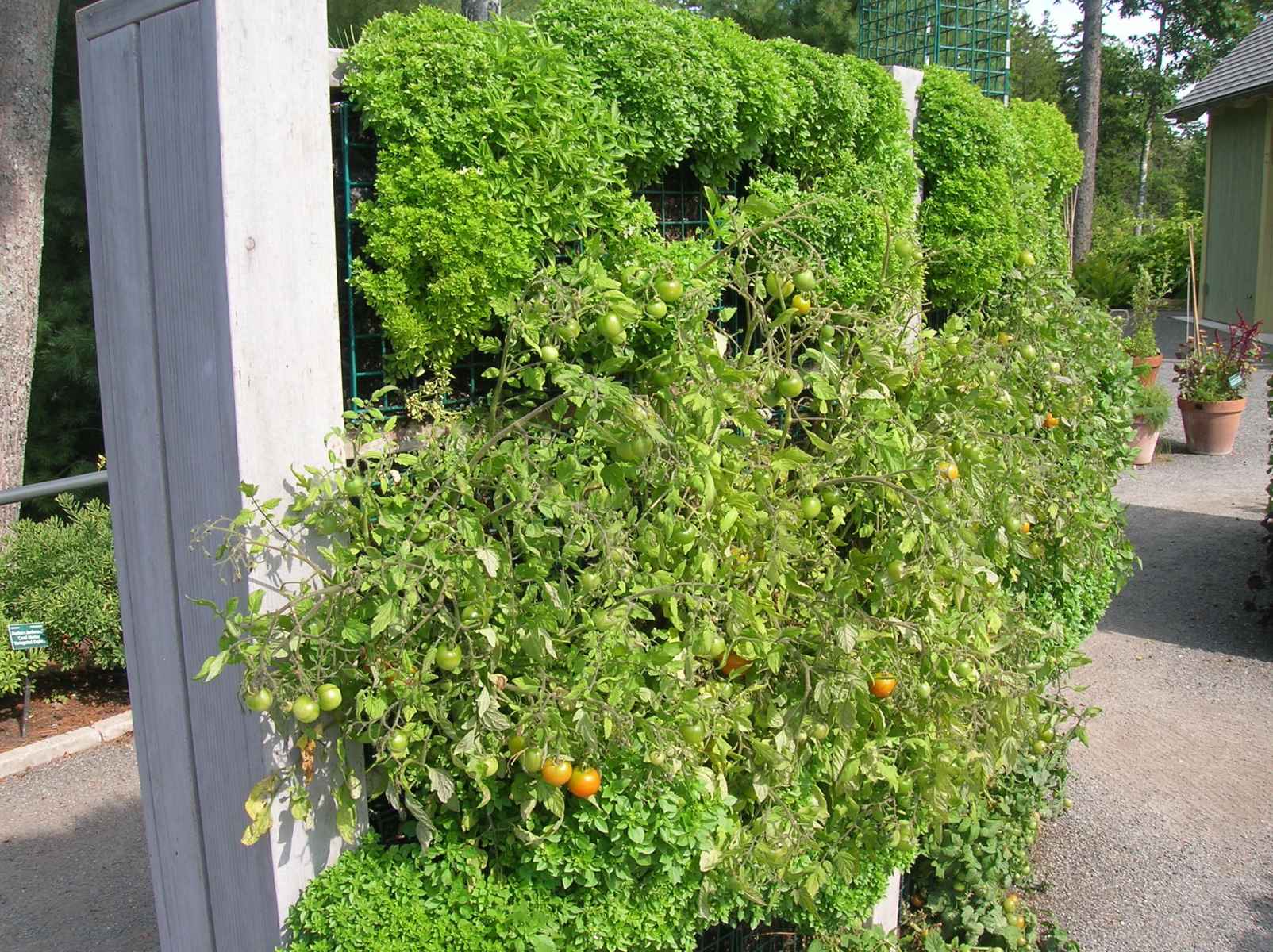
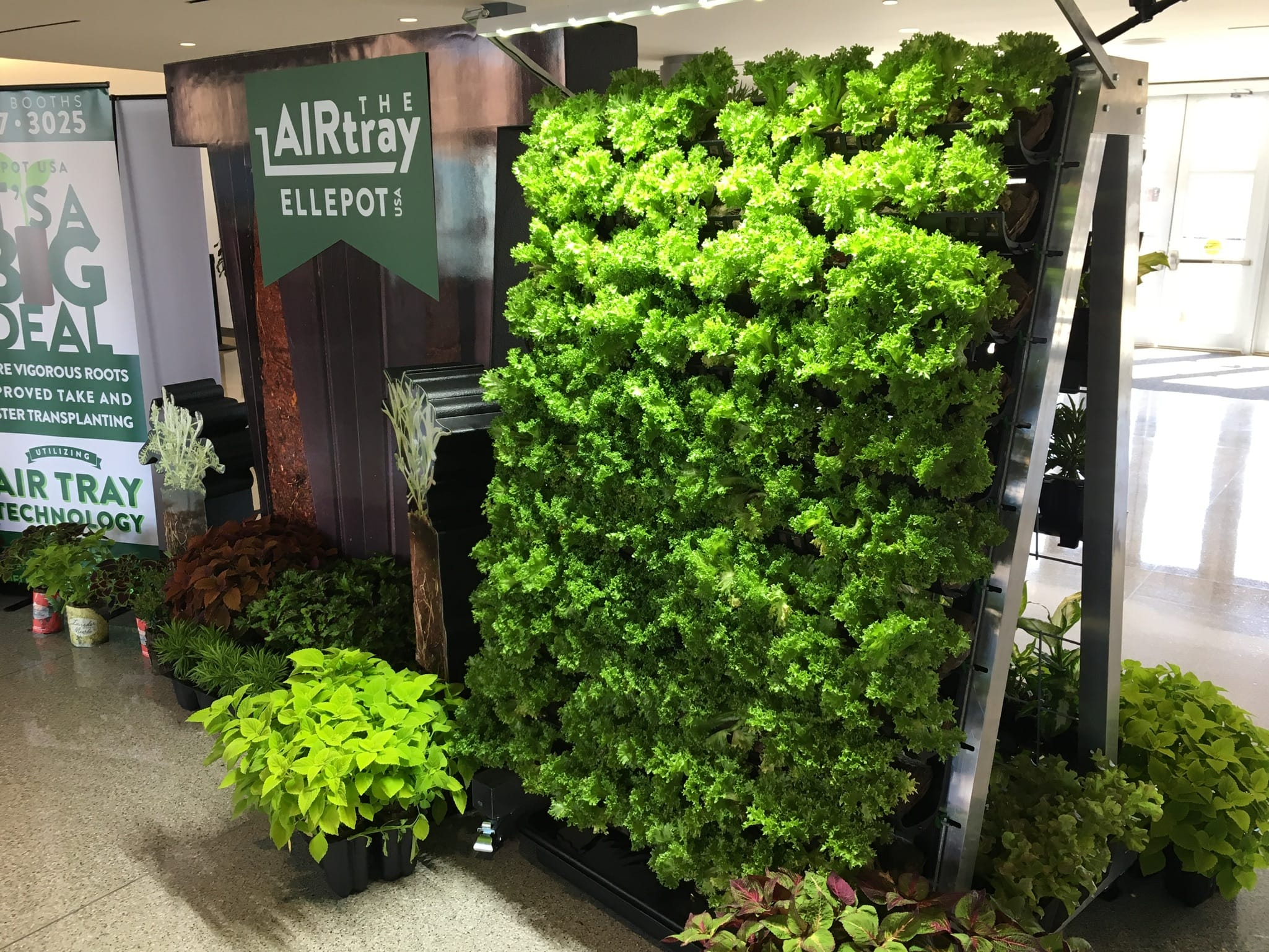
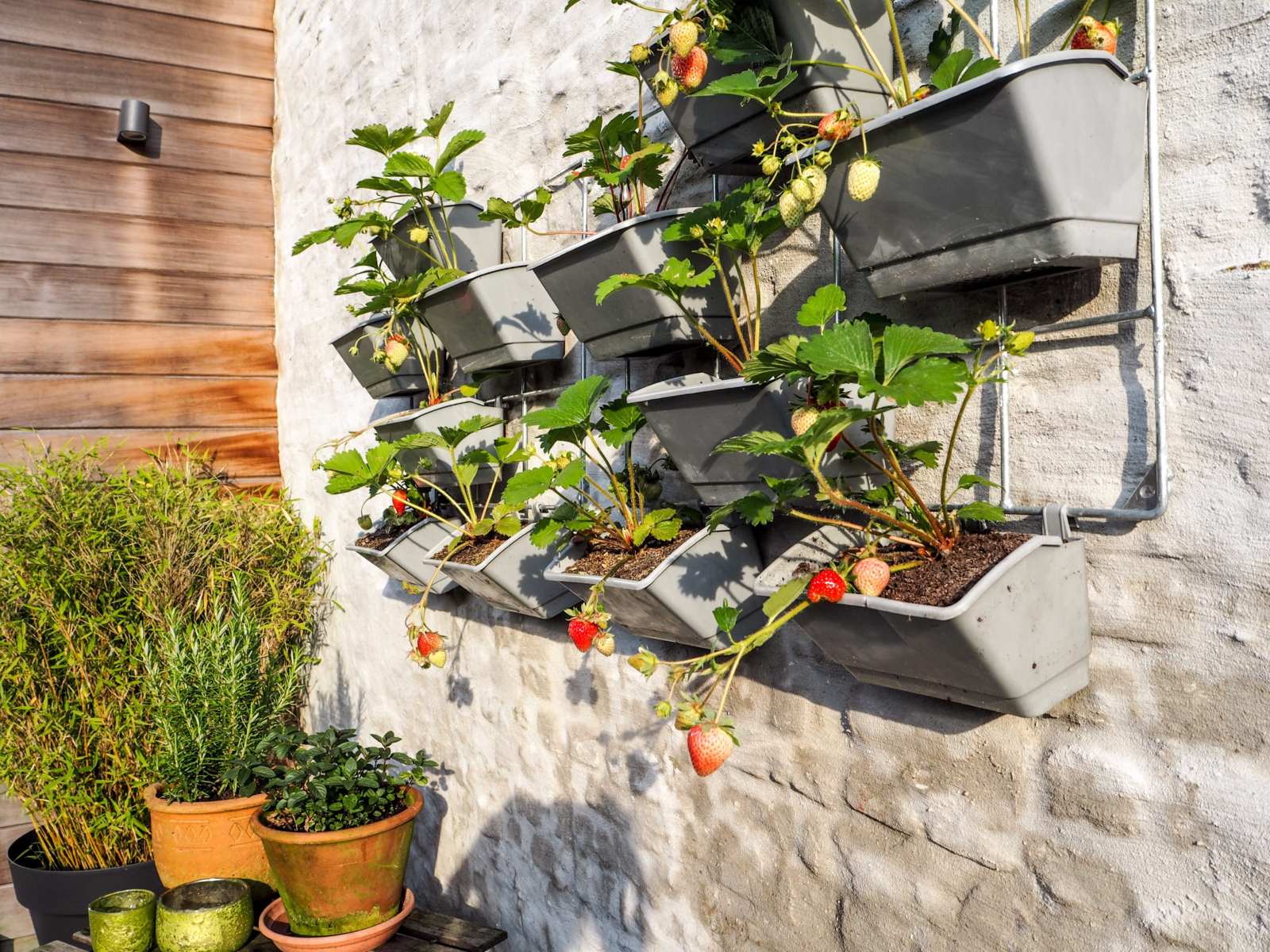
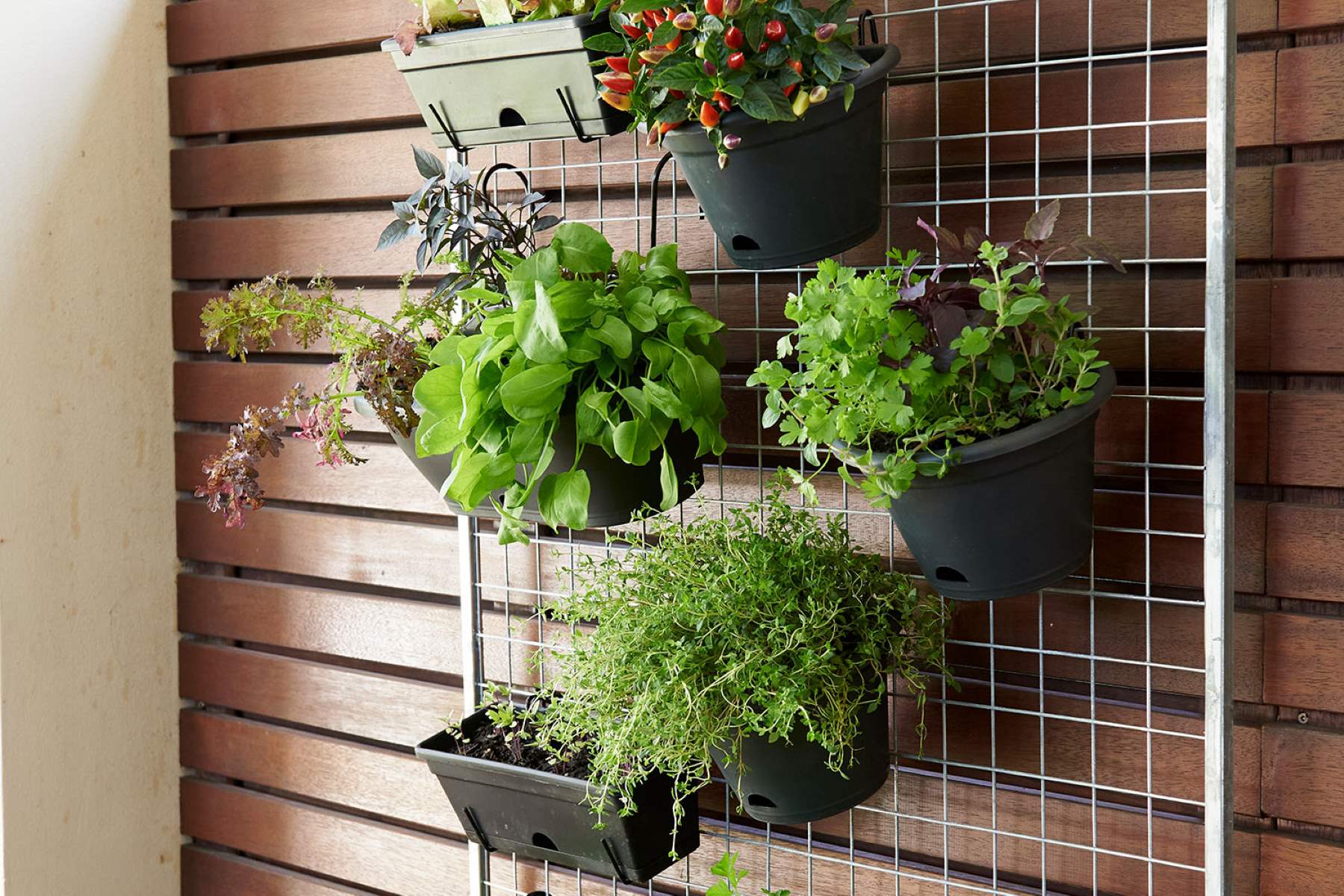
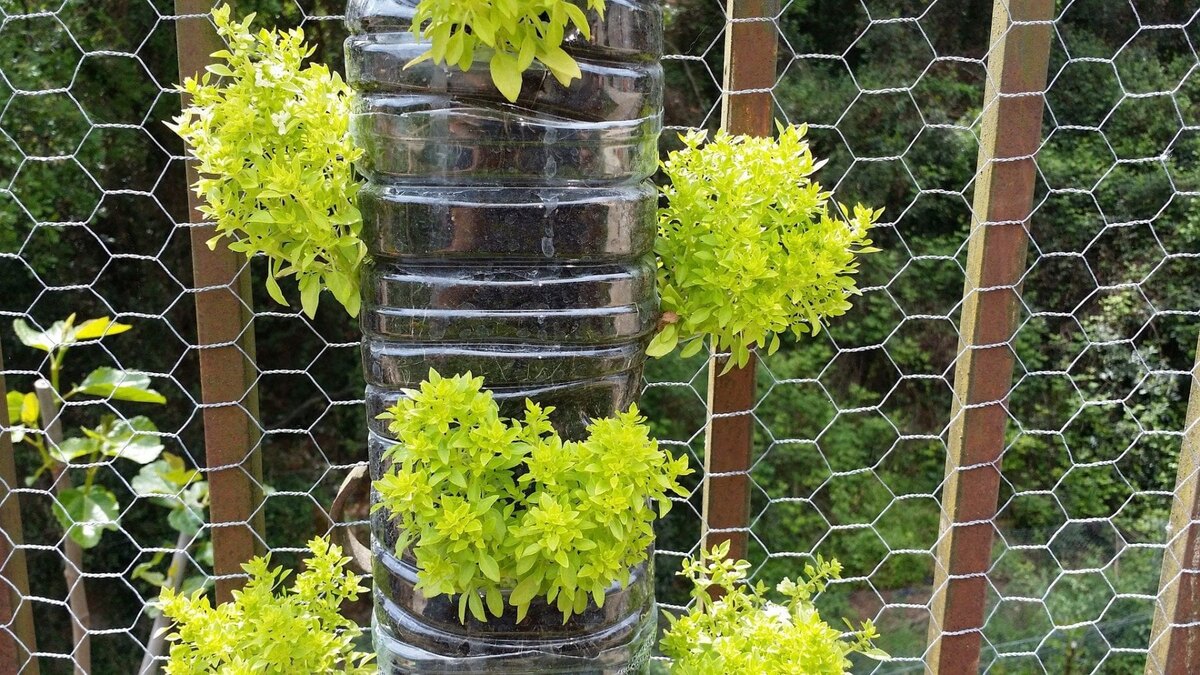
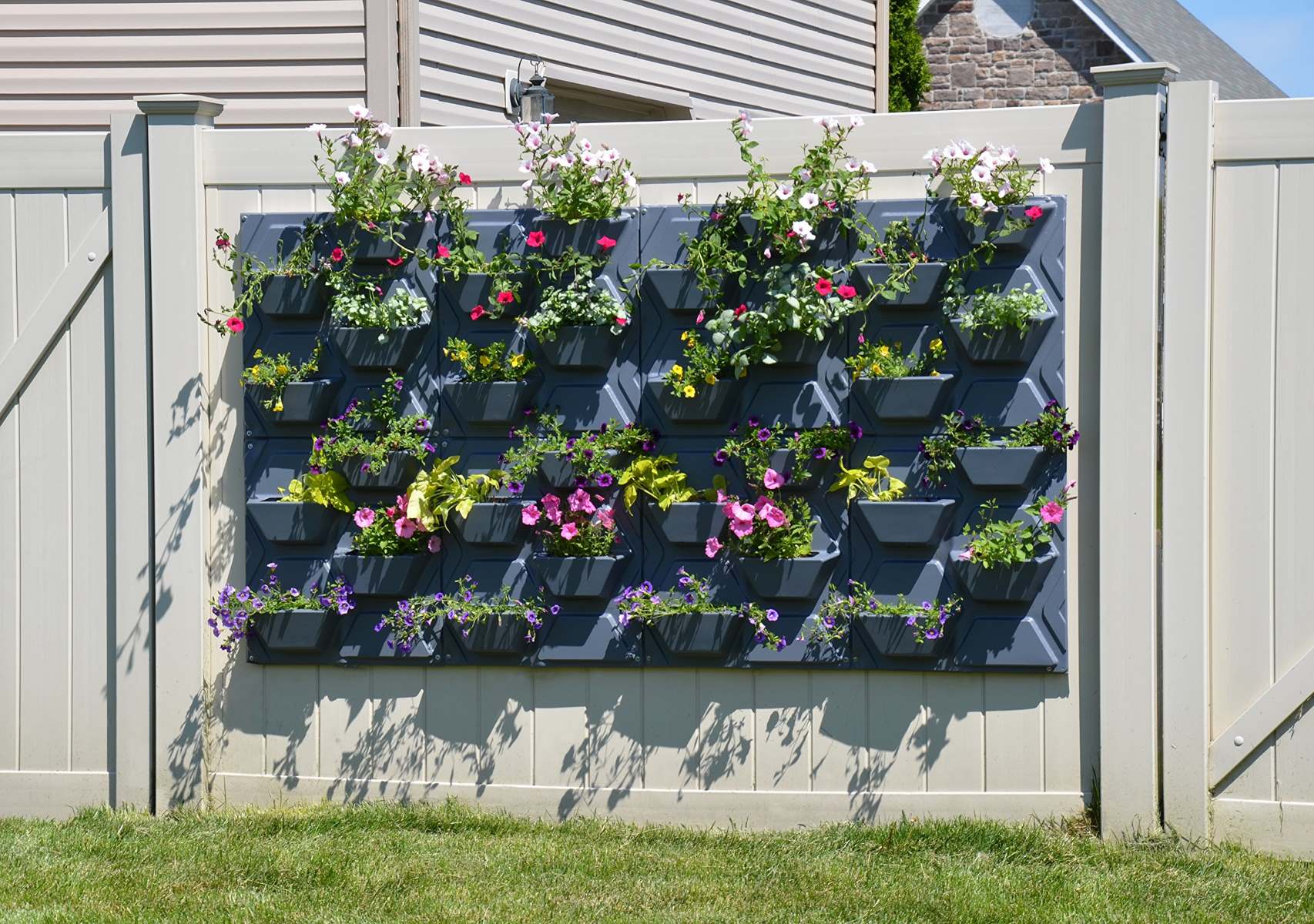
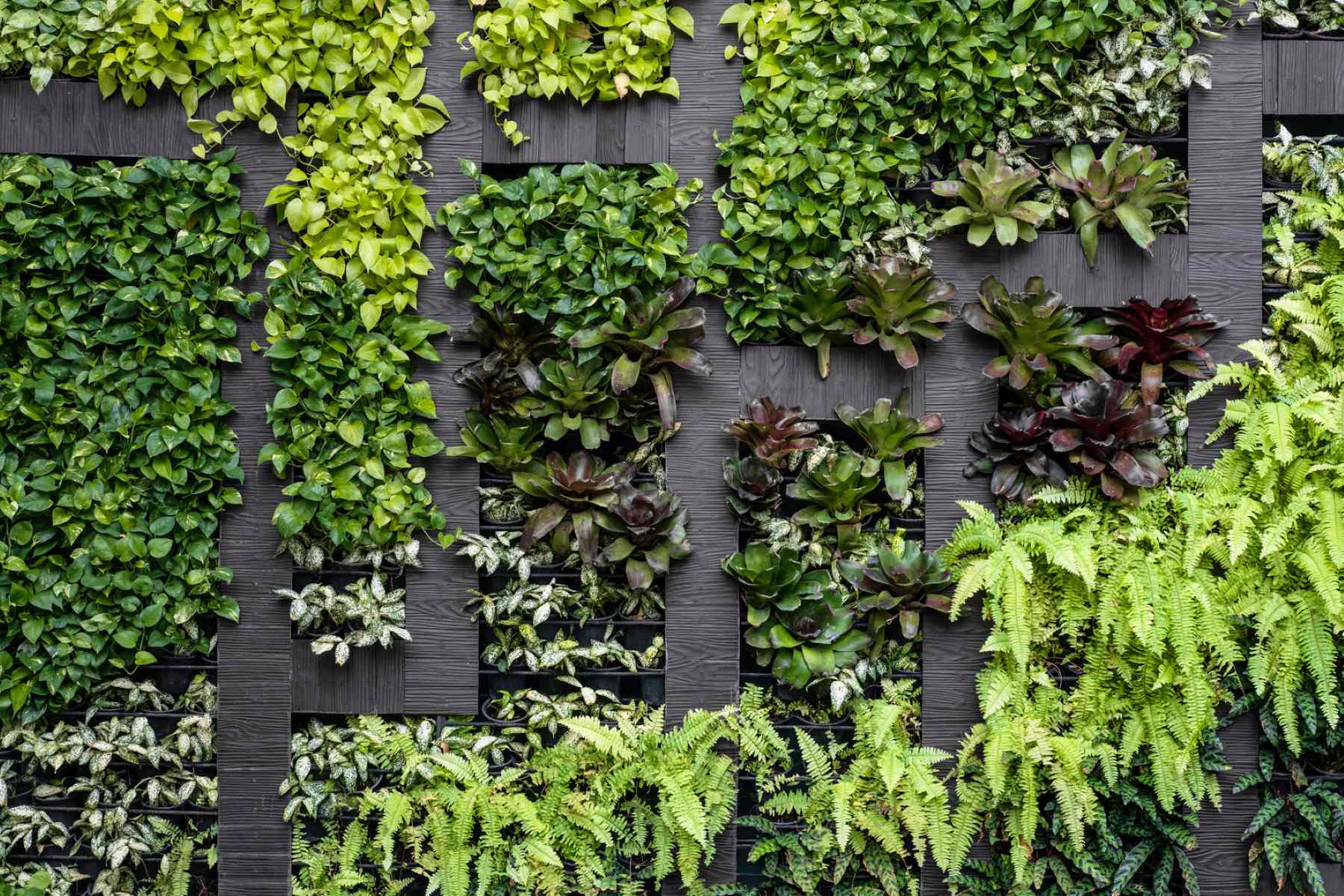
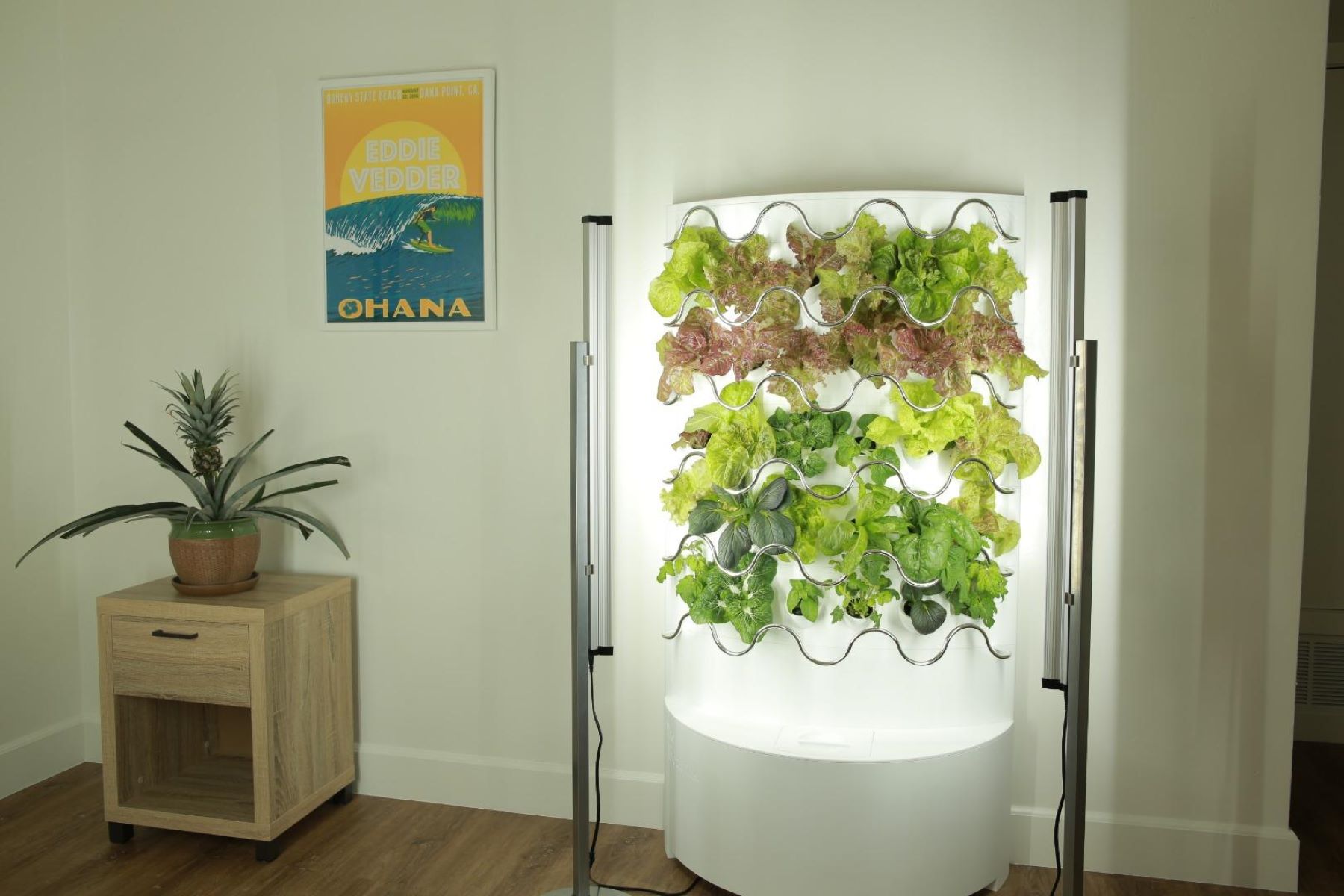

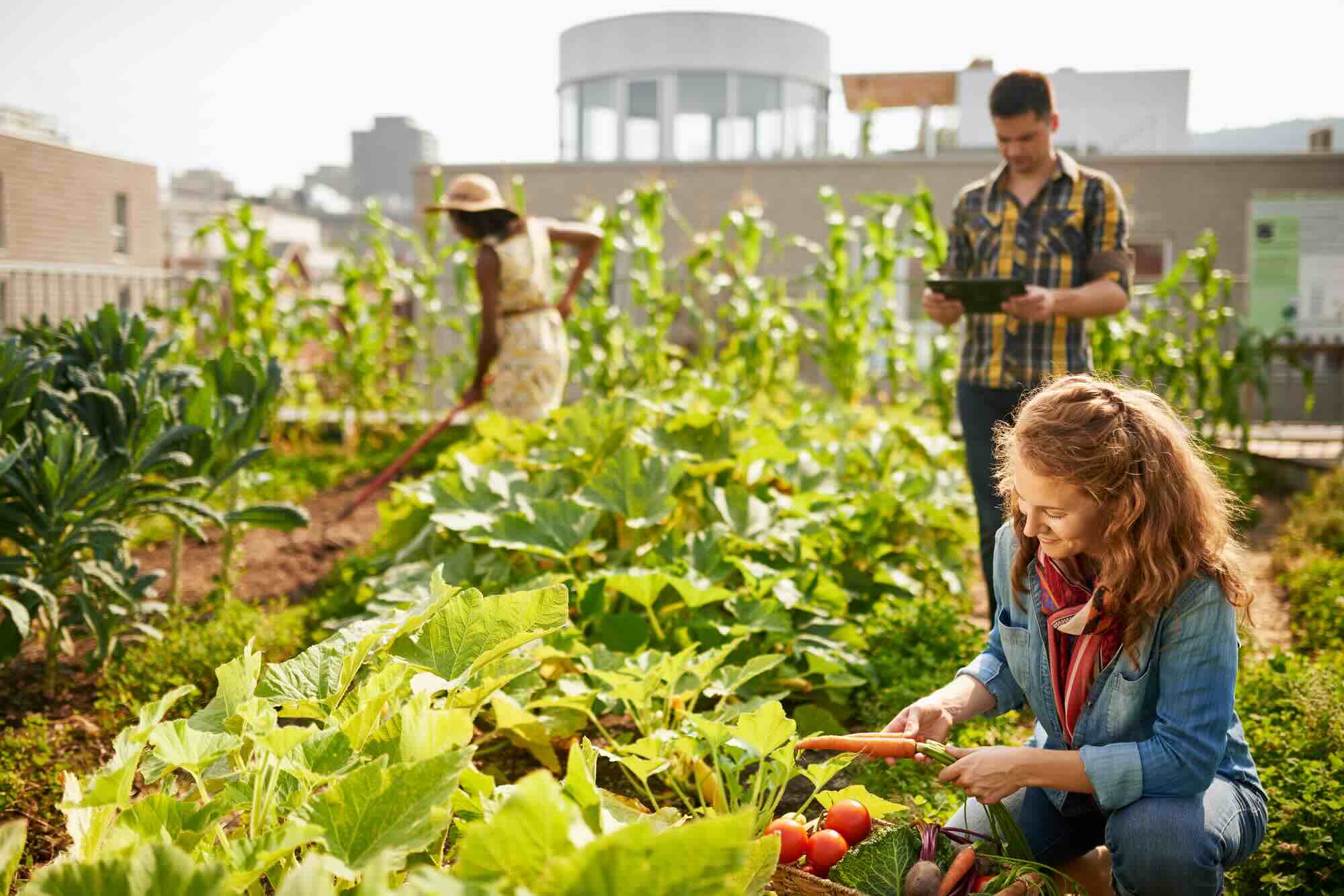
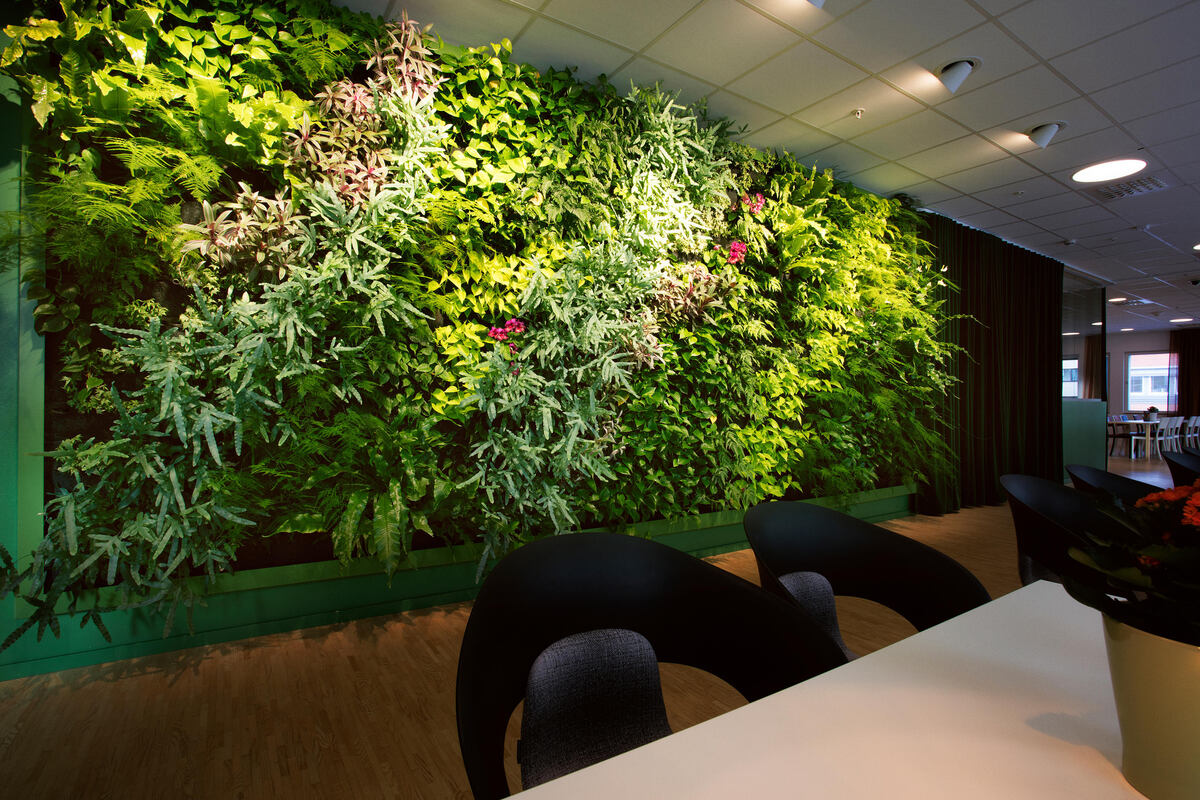
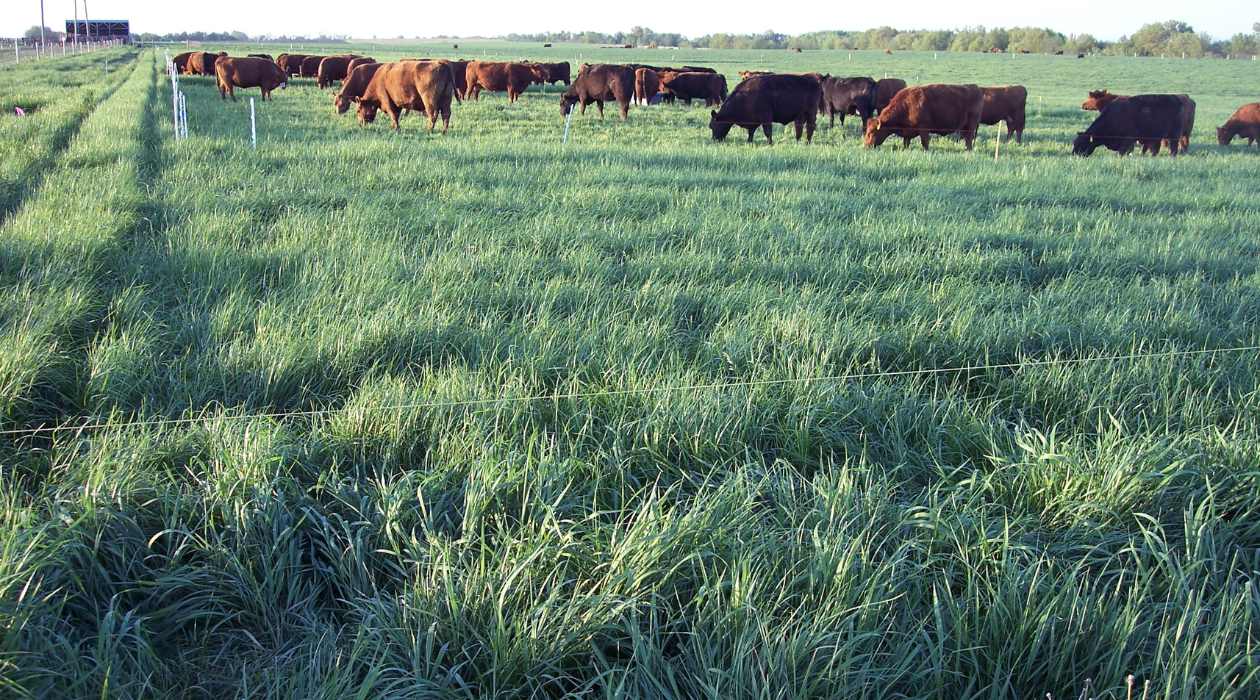


0 thoughts on “How Much Does A Vertical Garden Produce”